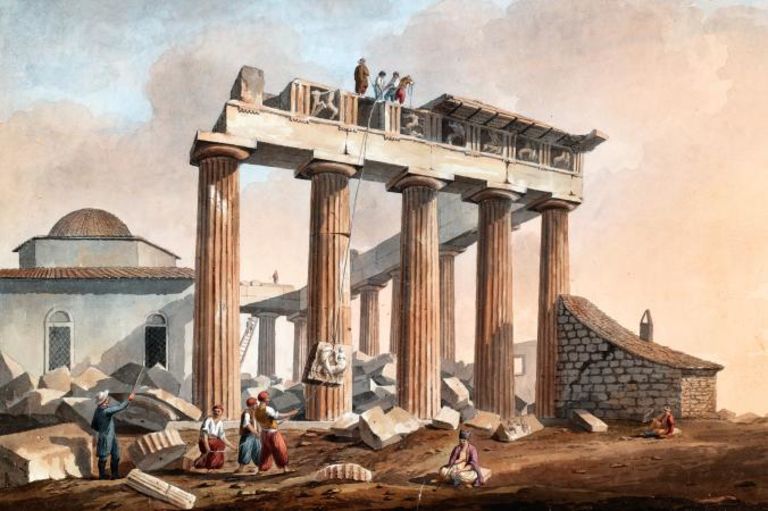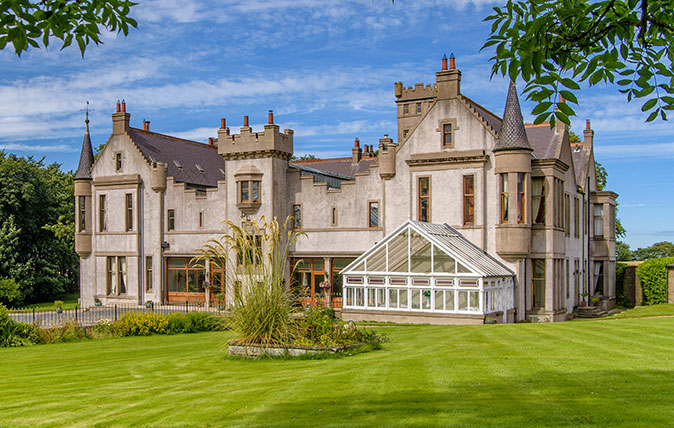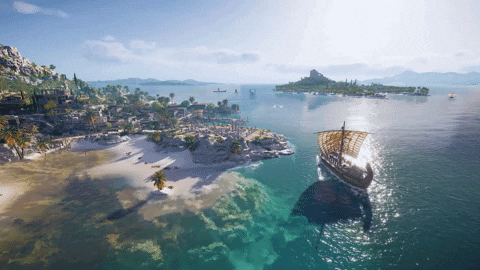
Morosini’s Loot

After the explosion, the army of Venice made its way to the Parthenon. Admiral Francesco Morosini, the doge of Venice, attempted to raid the Parthenon of its most valuable treasures but somehow ended up destroying most of it. He even shattered a gigantic statue of Poseidon into tiny pieces.
Black Market

By the eighteenth century, the Parthenon was in a desolated state. Since it was already worn out, the visitors felt no shame in stealing the broken pieces whenever they could. This happened so frequently that it led to fruitful black market business for collectors. People began to sell the stolen pieces and earn tons of money from it.
The Ambassador

Thomas Bruce was a Scottish nobleman and the seventh Earl of Elgin. He was looking towards a promising career as a politician. But when he was called in to act as the ambassador to the Ottoman Sultan, Selim III, he embarked upon a journey that changed the course of history forever.
Employing Artists

Even before accepting his post, Bruce had addressed many officials of the British Government to ask if they are interested in hiring artists to create drawings and molds of the Parthenon sculptures claiming that he wants to make his embassy profitable to the progress of fine arts in Great Britain.
Not-So-Noble Nobleman

This seemingly noble request on Bruce’s part was fueled by something entirely different. He wanted to decorate his new mansion in Scotland with the finest examples of Greek art. To his dismay, the British government rejected his request. So he decided to take it upon himself and get the work done anyway. He employed several artists to make drawings and casts of the sculptures.
The Voyage

Bruce, along with his artists, set out on his voyage to Greece, his ship sailing freely in the blue ocean. The ship was fashioned from an ancient oak, the rich timber was an almost black brown. The open sea was welcoming, constantly in motion underneath the clouds which sail above. After days of sailing, Bruce spotted the magical land of Greece.
